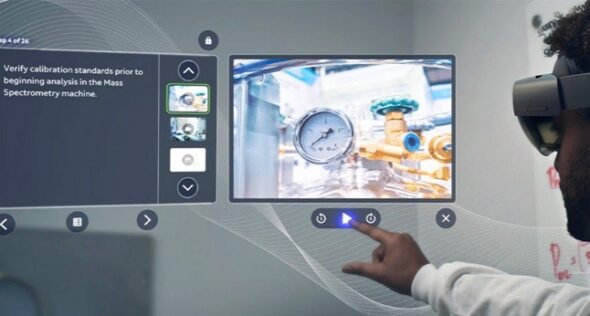In recent years, display technology has advanced rapidly, leading to remarkable improvements in image quality across televisions, smartphones, and many other electronic devices. Among the most prominent technologies are OLED and QLED, two solutions that have reshaped how we experience digital visuals. This article explores how these display technologies work, their key differences, and the future trends that include MicroLED and flexible displays.
OLED: Vivid Colors and Perfect Blacks
OLED (Organic Light-Emitting Diode) technology has revolutionized the display industry with its ability to deliver vibrant colors and true blacks. Unlike traditional LCD panels, OLED screens do not require backlighting, as each pixel emits its own light. This allows for exceptional contrast, since individual pixels can be turned off completely to produce deep blacks.
In addition, independent light emission from each pixel ensures accurate and dynamic color reproduction, resulting in lifelike, cinematic images.
QLED: Enhanced Brightness and Color Accuracy
QLED (Quantum Dot Light Emitting Diode) technology uses quantum dots, tiny semiconductor particles, to enhance the brightness and color performance of LCD-based displays. These quantum dots filter and modulate light from the backlight, providing greater brightness, a wider color gamut, and optimized HDR (High Dynamic Range) performance. The result is a brilliant, highly detailed image, ideal for bright environments and high-definition content.
OLED vs QLED: Key Differences
While both technologies deliver superior image quality, there are fundamental differences between them:
- Light emission: OLED pixels emit their own light, while QLED displays rely on a backlight filtered by quantum dots.
- Contrast: OLED screens achieve deeper blacks and superior contrast.
- Brightness: QLED displays offer higher peak brightness and better energy efficiency.
In short, OLED prioritizes realism and depth, whereas QLED excels in bright environments where high luminance is essential.
Applications in TVs and Smartphones
Both OLED and QLED technologies are widely used across modern consumer electronics.
- In televisions, OLED displays stand out for their cinematic image quality, deep blacks, and precise color control.
- QLED screens, on the other hand, are prized for their outstanding brightness and superb HDR performance, making them ideal for users seeking vivid, detailed imagery.
These technologies also power high-end smartphones and tablets, enhancing mobile viewing experiences with richer colors and sharper visuals.
The Next Frontiers: MicroLED and Flexible Displays
Beyond OLED and QLED, new innovations are emerging, such as MicroLED a display technology that uses millions of microscopic LEDs to form the image. Each MicroLED emits its own light, offering OLED-like advantages such as deep contrast and intense colors, but with longer lifespan and higher energy efficiency. Experts predict that MicroLED TVs and mobile devices will become increasingly common in the coming years. Meanwhile, foldable and rollable displays are gaining traction. These flexible screens can change size and shape based on user needs. Often based on OLED technology, they are expected to become standard in mobile devices and wearable electronics.
Displays for Augmented and Virtual Reality
Another rapidly growing area is display technology for augmented reality (AR) and virtual reality (VR). These systems require extremely high resolution, sharpness, and responsiveness to create fully immersive and natural experiences. Advances in AR/VR displays will unlock new possibilities in gaming, education, medicine, and industrial simulation.
Conclusion
Advancements in display technology from OLED and QLED to MicroLED and flexible screens are redefining how we view and interact with visual content. These innovations bring more realistic colors, deeper blacks, higher brightness, and improved efficiency. As technology continues to evolve, we can expect even more immersive, intelligent, and adaptable displays that will elevate both image quality and the overall user experience across all devices.






